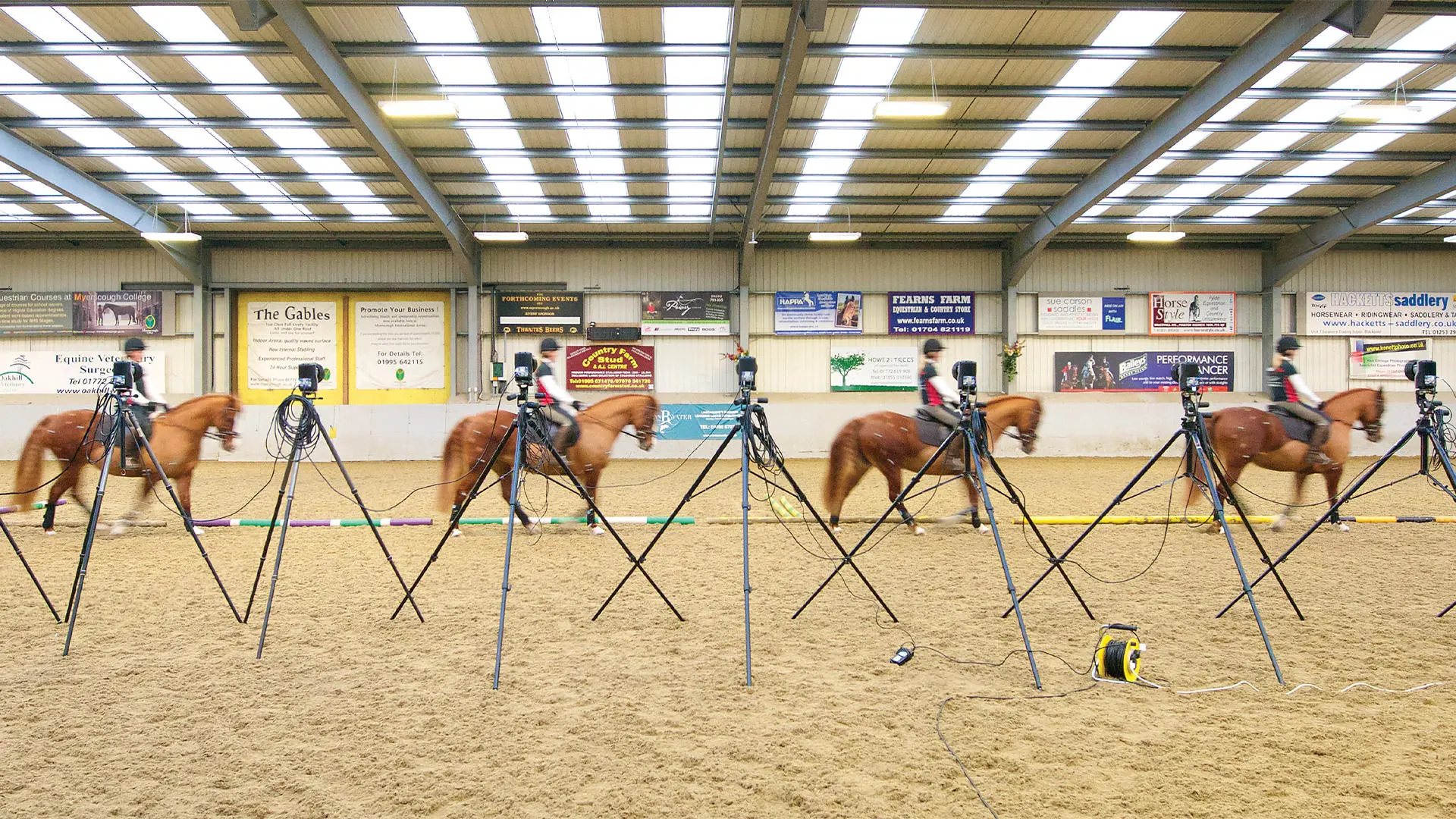Equestrian sports research at the University of Central Lancashire was first initiated in 2001 by Dr Sarah Jane Hobbs, alongside several university colleagues and external collaborators. The research focuses on equestrian surface function, equine locomotion, and horse and rider welfare and performance.
Following the London 2012 Olympics, the Fédération Equestre Internationale (FEI), the world governing body for equestrian sports, initiated a project to continue the scientific work on surfaces that had evolved from the games. Dr Hobbs was asked to take the lead in writing The Equine Surfaces White Paper, based on her research profile. The development of easily understandable layman’s terms to describe the functional properties of surfaces was an important step towards the certification of safe competition surfaces. This meant that scientific measurements could then be easily conveyed in simple terms to those people responsible for preparing equine competition surfaces.
Surfaces research by the team has had a substantial impact on developing and implementing equine surface testing protocols and terminology for the FEI. These testing protocols have been used to certify the Olympic Games surfaces at Rio de Janeiro and Tokyo and are currently being developed into international standards. The team’s research with multiple collaborators on factors that can impact the health and performance of horses has also benefitted practitioners from around the world. For example, research on the hoof is impacting the horse breeding industry in Sweden and research on high level dressage movements is being used to educate dressage judges in the USA.

